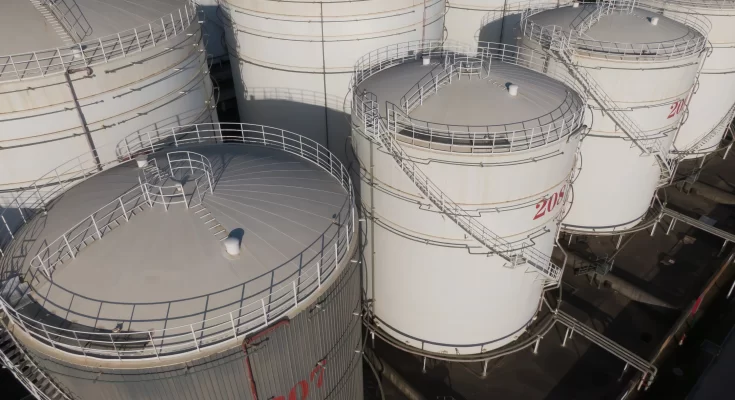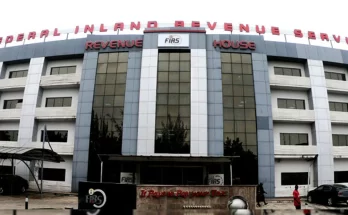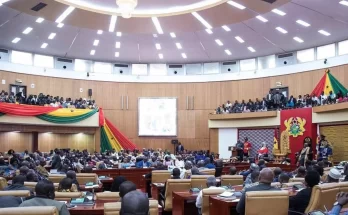Nigeria is set to unlock the potential of its $257 billion non-associated gas (NAG) reserves through a series of tax incentives outlined in the proposed Nigeria Tax Bill 2024.
With an estimated 106.67 trillion cubic feet (Tcf) of NAG, representing 51% of the country’s total gas reserves, the government aims to drive investments and accelerate development in this critical sector.
The bill introduces tax credits of up to $1.00 per thousand cubic feet for qualifying fields, particularly in onshore and shallow water areas where infrastructure challenges have hampered production.
Nigeria ranks ninth globally in terms of gas reserves, with total estimated reserves reaching approximately 209.26 Tcf, according to the Nigerian Upstream Petroleum Regulatory Commission (NUPRC).
At a base price of $2.42 per million British thermal units (MBTU) or $2,414 per million standard cubic feet (MMscf), the commercial value of Nigeria’s NAG reserves is estimated at around $257 billion.
Proposed Tax Credit Structure
The Nigeria Tax Bill 2024, currently under review by the House of Representatives, proposes a tax credit ranging from $1.00 to $0.50 per thousand cubic feet of gas extracted from non-associated gas fields.
This aligns with the Oil and Gas Companies (Tax Incentives, Exemption, Remission, etc.) Executive Order signed by President Bola Ahmed Tinubu in February 2024.
Tax credit eligibility is determined based on the hydrocarbon liquid content of the gas fields:
- Fields producing 30 barrels or fewer of hydrocarbon liquids per MMscf qualify for a tax credit of $1.00 per thousand cubic feet or 30% of the fiscal gas price, whichever is lower.
- Fields producing between 30 and 100 barrels per MMscf qualify for $0.50 per thousand cubic feet or 30% of the fiscal gas price, whichever is lower.
- Fields exceeding 100 barrels per MMscf are not eligible for the tax credit.
These incentives apply exclusively to onshore and shallow water NAG projects that achieve their first commercial production before January 1, 2029. Once qualified, the tax credit remains valid for a period of 10 years from the date of first production.
Court Challenge Over VAT on Restaurant Food in Nigeria
Addressing Nigeria’s Gas Production Imbalance
Despite NAG forming a significant portion of Nigeria’s total gas reserves, it accounts for only 39% of daily gas production. The NUPRC’s 2023 annual report indicates that Nigeria’s average daily gas output was 2.644 billion standard cubic feet (Bcf), while associated gas volumes reached 4.213 Bcf per day.
By offering targeted tax relief, the government aims to rebalance gas production and encourage greater utilization of NAG reserves. The move is expected to enhance energy security, drive industrial growth, and position Nigeria as a leading gas exporter.
Major Beneficiaries and Industry Impact
With the tax credit scheme already in effect following the February 2024 executive order, Shell Petroleum Development Company (SPDC) stands out as a primary beneficiary. As Nigeria’s largest producer of non-associated gas, SPDC is poised to leverage these incentives for further expansion.
However, the landscape is set to shift following SPDC’s planned acquisition by the Renaissance Consortium. Once finalized, the new owners will inherit the tax benefits, potentially reshaping the dynamics of Nigeria’s gas industry.
As Nigeria advances efforts to harness its vast gas reserves, stakeholders will be closely watching the implementation of these tax incentives and their impact on the country’s energy sector and broader economy.




